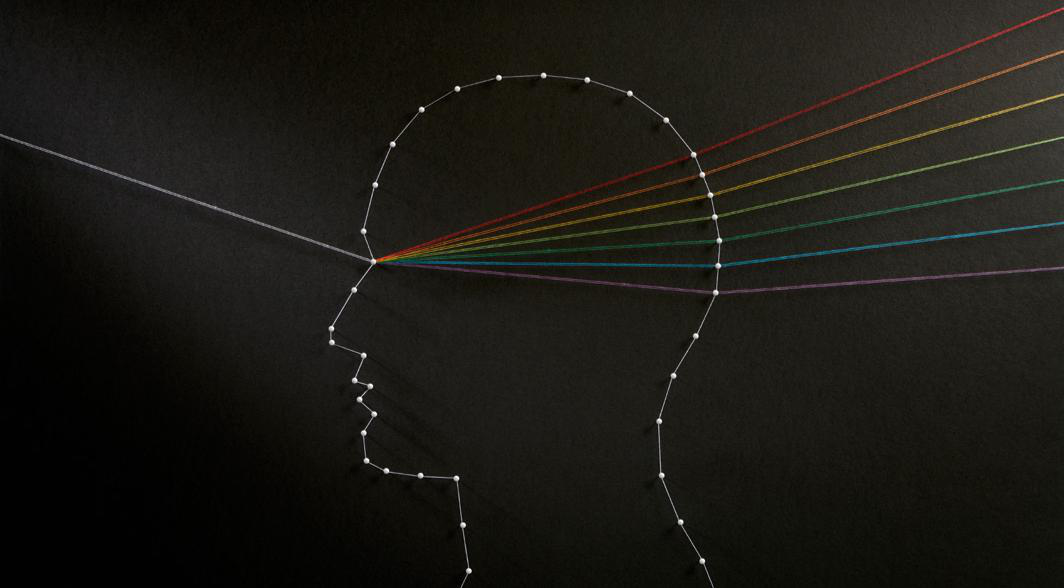by Gerardo Sison
In an aging population, the growing need for cataract surgery and replacement intraocular lenses (IOLs) has become more apparent. However, due to variabilities in macular pigments, crystalline lens changes and light exposure, there may be more at stake. Many patients needing intraocular lens replacement may be at an increased risk of ocular damage due to photo-oxidative effects from short-wave blue light.
Intraocular lens solutions for age-related macular degeneration (AMD) have been used throughout the years and resulted in the development of blue light-filtering intraocular lenses (BLF IOLs). These BLF IOLs may help protect against ocular damage, prevent visual performance issues and improve glare discomfort.
Dr. Billy Hammond, PhD, professor and neuroscientist at the University of Georgia, initially studied the effects of dietary compounds such as lutein and zeaxanthin on eye and brain health. In a review conducted earlier in 2019, he reported the effects of BLF IOLs and their use in AMD patients needing cataract surgery.
Blue Light in Nature
“A lot of animals use yellow filters to filter blue light,” said Dr. Hammond. “Some fish have yellow corneas, which is a fairly common way to adapt to ecological niches where visual function could be impaired by bright sunlight and exposure to short-wave light.”
The human and animal ocular lenses have become strongly affected by blue light and its influence on visual function and ocular tissue. Not only are humans susceptible to blue light effects, but animal species such as prairie dogs and squirrels have developed filter adaptations to prevent damage from constant exposure.
Naturally occurring macular pigments such as zeaxanthin and lutein are found in the macula and absorb short-wave visible light (400-520nm). These macular pigments are found in concentrated proportions in and around the fovea, screening central cones and rods of the retina. Research has found that dietary lutein and zeaxanthin supplementation can help improve visual functions in conditions with glare compared to placebo.
According to Dr. Hammond, one problem is that over time, humans have become deficient in lutein and zeaxanthin pigments, which has only compounded the problem that blue light elicits. “Blue light is not only deleterious for long-term damage,” he said. “It interferes with visual functions in various ways.”
Combating Photo-Oxidative Damage
Ocular damage often contributes to the etiology of several diseases such as pinguecula/pterygium and photokeratitis. Damage caused by continuous exposure to short-wave blue light is also associated with conditions such as age-related cataracts and AMD. In older adults, photosensitizers to specific wavelengths of blue light can be especially damaging to the retina.
Ultra-violet (UV)-filtering IOLs are commonly used for cataracts and were developed to block UV absorbance which can quickly lead to retinal damage. These lenses were also used because they are similar to the human lens, albeit more similar to the infant lens and not the older adult lens. Replacing the opacified natural lens with a non-BLF UV-filtering IOL, however, can alter the natural development of the adult visual system. In older eyes, a non-BLF IOL may increase the risk of photo-oxidative damage from blue light.
Blue light transmission is much more damaging in the eyes of an older adult, especially one living with AMD. “Older retinas have more short-wave photosensitizers,” explained Dr. Hammond. “Light is damaging in the presence of photosensitizers. The more damaged it is, the more damaged it becomes.”
“Blue light is not only deleterious for long-term damage. It also interferes with visual functions in various ways.”
Dr. Billy R. Hammond
The Impact of Blue Light Filtering Lenses
In normal healthy eyes, the crystalline lens and macular pigments of the inner retina are able to absorb blue light. As a result of cumulative oxidative damage, the crystalline lens then becomes yellow and absorbs greater amounts of UV and short-wave light. This absorption provides better protection from blue light.
“Implanting [an IOL] that mimics the natural lens as closely as we can was the genesis of the blue light-filtering lenses,” said Dr. Hammond. In-vitro studies evaluated BFL IOLs and found that they may aid in reducing retinal pigment epithelial cell death from continuous light exposure.
According to the review, BLF IOLs have also been shown to reduce cellular proliferation rates of human uveal melanoma cell lines exposed to blue light more so than UV-filter lenses.
For patients with AMD, the use of BLF IOLs has been evaluated for effects on the progression and development of the disease. In one study, fundus autofluorescence was measured to assess the development of AMD after implanting either a BLF IOL or a UV-filtering IOL. After two years of implantation, AMD incidence was significantly higher (P<0.05) in the UV-filtering IOL group (11%) compared to the BLF IOL group (2%). In another study that examined 66 eyes with geographic atrophy, findings showed slower disease progression with BLF IOLs compared to non-BLF IOLs.
Improved Visual Performance with BFL IOLs
In addition to creating a more naturally progressing intraocular lens environment, BLF IOLs may also improve visual function and performance. Glare disability (GD), characterized by the loss of visual function from intraocular scattered light, can be an important factor when choosing an IOL.
“Before they put the IOL in, they emulsify the original lens,” said Dr. Hammond regarding cataract surgery practices. “They leave the capsule, but it’s difficult to perfectly remove the old lens. So, any remnants of the old lens can create scattering issues. If you filter out the more energetic part of bright light, you’ll have less glare problems.”
Along with glare disability and discomfort, photostress recovery time, or the time it takes for normal vision to recover after exposure to bright light, may also be improved with BLF IOLs.
In a study comparing BLF IOLs and UV-filtering IOLs, both GD and photostress recovery were significantly improved with the BFL IOL (P=0.04 and P=0.02, respectively). This improvement in visual function may be especially practical for improving safety margins while driving.
While further studies are needed to determine long-term benefits with BLF IOLs, the potential advantages are hard to ignore. Reduction in degenerative changes in AMD patients is an important factor to consider when assessing IOL options. Research has highlighted the protective effects of BLF IOLs as well as improved visual performance in terms of glare disability.
“Correcting refractive errors was at the forefront in the beginning. But now everyone is myopic,” said Dr. Hammond. “There’s more that we can do now with making lenses that adapt your vision with strategic filtering. This is becoming more necessary as people have more issues with their vision.”
Reference
Hammond BR, Sreenivasan V, Suryakumar R. The Effects of Blue Light-Filtering Intraocular Lenses on the Protection and Function of the Visual System. Clin Ophthalmol. 2019;13:2427-2438.





Nice Post
You forgot to mention he attended the University of Oregon after completing his 4 years at Gervais Union High Scool! I have know Randy (what his friends call him) since I wass in 4th grade and he in 3rd. What a childhood we had!